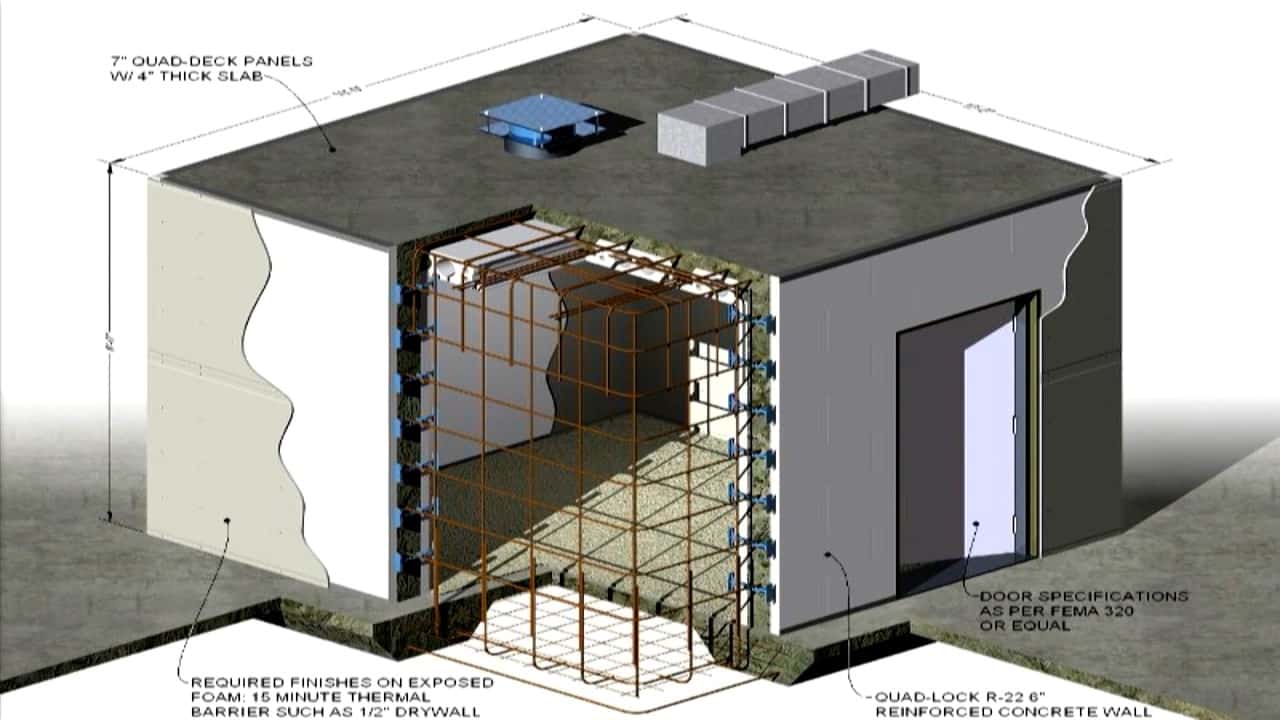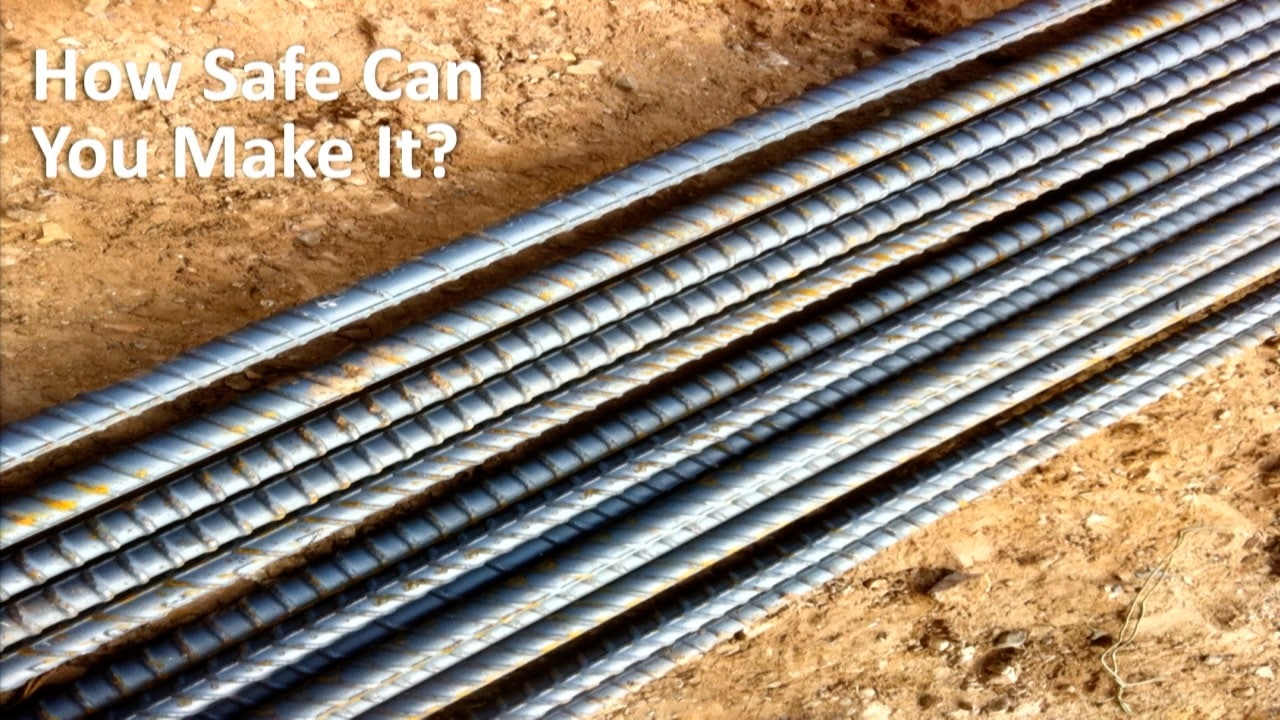What is THE limiting factor in all feedback and communication?
Many people believe it’s the subject matter. In other words, if the conversation is about something risky — a serious issue with high-stakes consequences — the conversation will be really difficult. If the issue is low-risk or inconsequential, the conversation should be easier, right?
Well, it’s actually not the riskiness of the message you need to share.
The limiting factor is how safe you can help others feel when hearing the message.
We often weigh the risk of the message when we decide what to share in a crucial conversation. If the criticism seems too harsh, we might decide, “I don’t think I could share that with you.” But when you withhold the feedback from someone, you withhold their future.
Getting People to Listen
There’s a difference between hearing and listening. Hearing is a function of physiology. Listening is a function of the heart. If I don’t feel safe with you, I won’t listen to what you have to say.
The fact is, if we want people to listen to us, we have to make them feel safe.
I once visited a manufacturing plant in the American midwest to conduct a training seminar. This particular plant was in an area of the U.S. they’ve nicknamed “Tornado Alley” because it receives the highest number of tornadoes anywhere in the world.
At the end of our sessions, the HR director asked, “What do you think of our new training room? This is the first seminar we’ve had here!” She paused, then added, “By the way, this isn’t just a training room — this is a safe room. It’s constructed to withstand an F5 tornado.”
As I reexamined the room, I realised how thick the walls were and noticed the bulky locks and hinges on the door made to withstand extreme impact.
Consider the irony. I spent two days talking about the psychological safety we need in crucial conversations in a room constructed to keep us physically safe.
Look at the construction of a safe room.

One of the most significant parts of the construction is the rebar (a reinforcing bar) placed within the concrete walls. This bar creates a tension that allows strength to encompass everyone in the room.
This physical safety strategy illustrates the psychological safety we need to receive feedback.
Create A Safe Space
If we thread the rebar of mutual purpose and mutual respect through the environment in which we give feedback, people listen.
Why? If you believe I care about you and the same things you care about, you can listen to almost anything I say.
When someone creates a safe environment for me, I can reframe harsh or critical feedback. I begin to neutralise what you say, taking the sting out of it. I learn to embrace the negativity, understanding you may be giving me a gem of feedback I’ve never heard.

So, how safe can you make giving feedback? The riskiness of an issue doesn’t determine success of the conversation — it’s the ability to make it safe.





